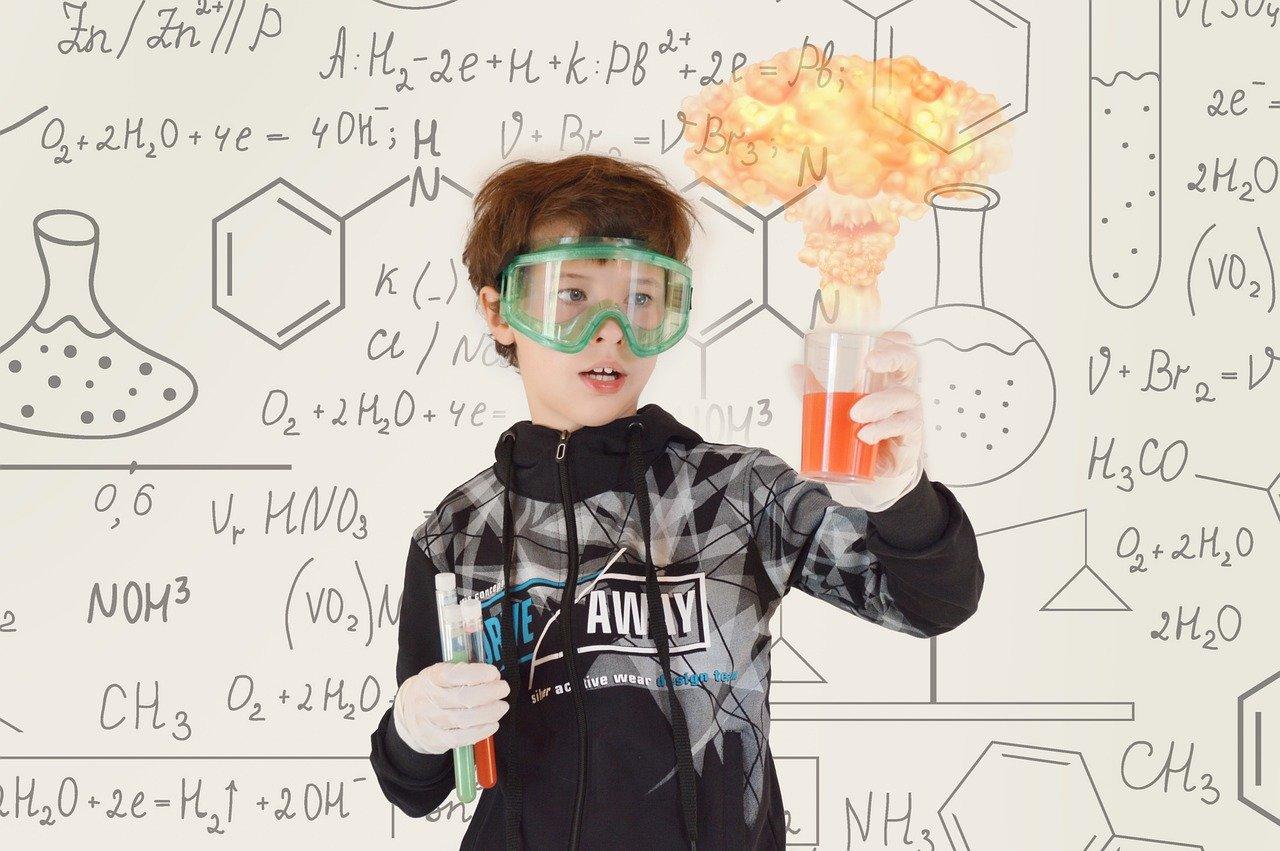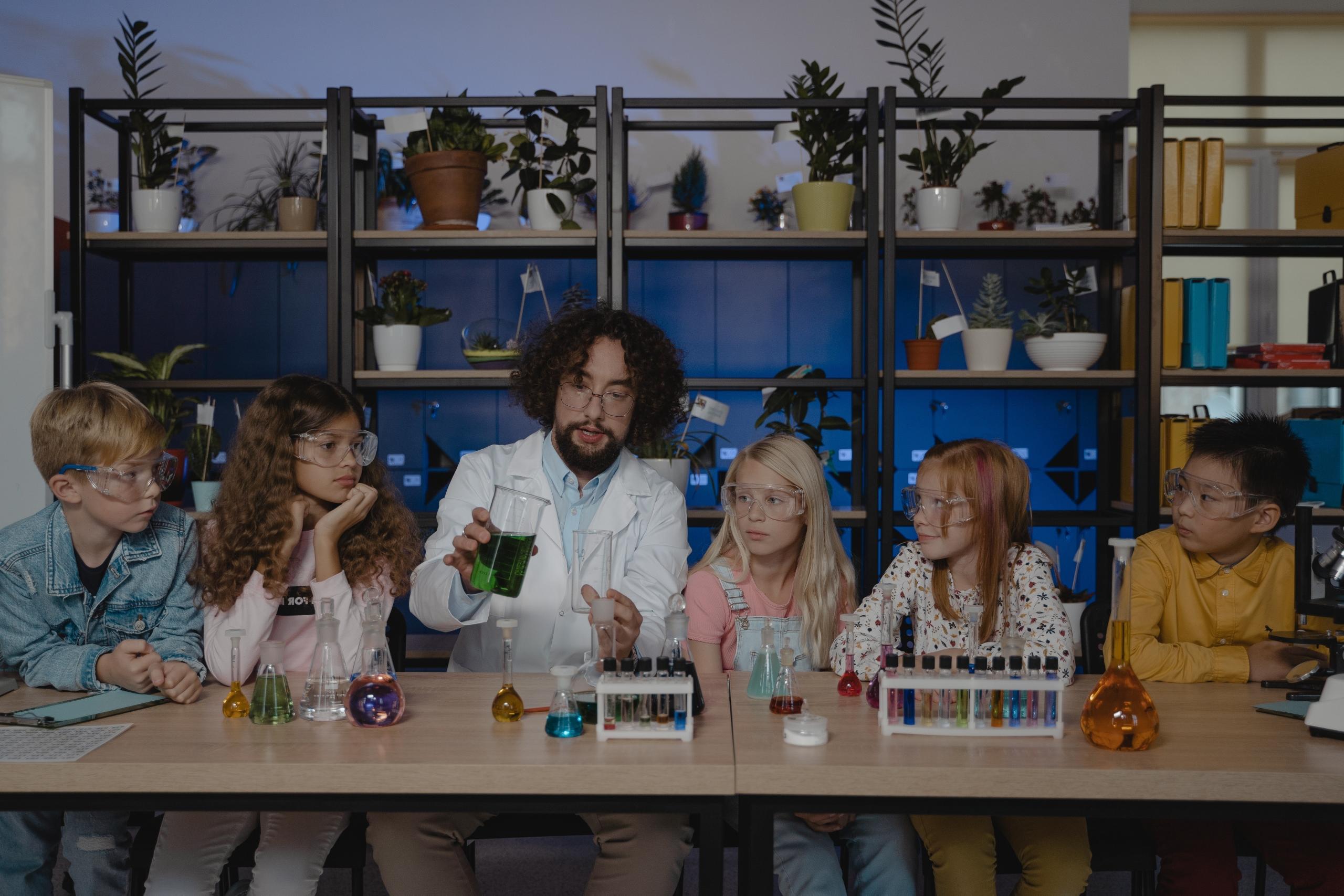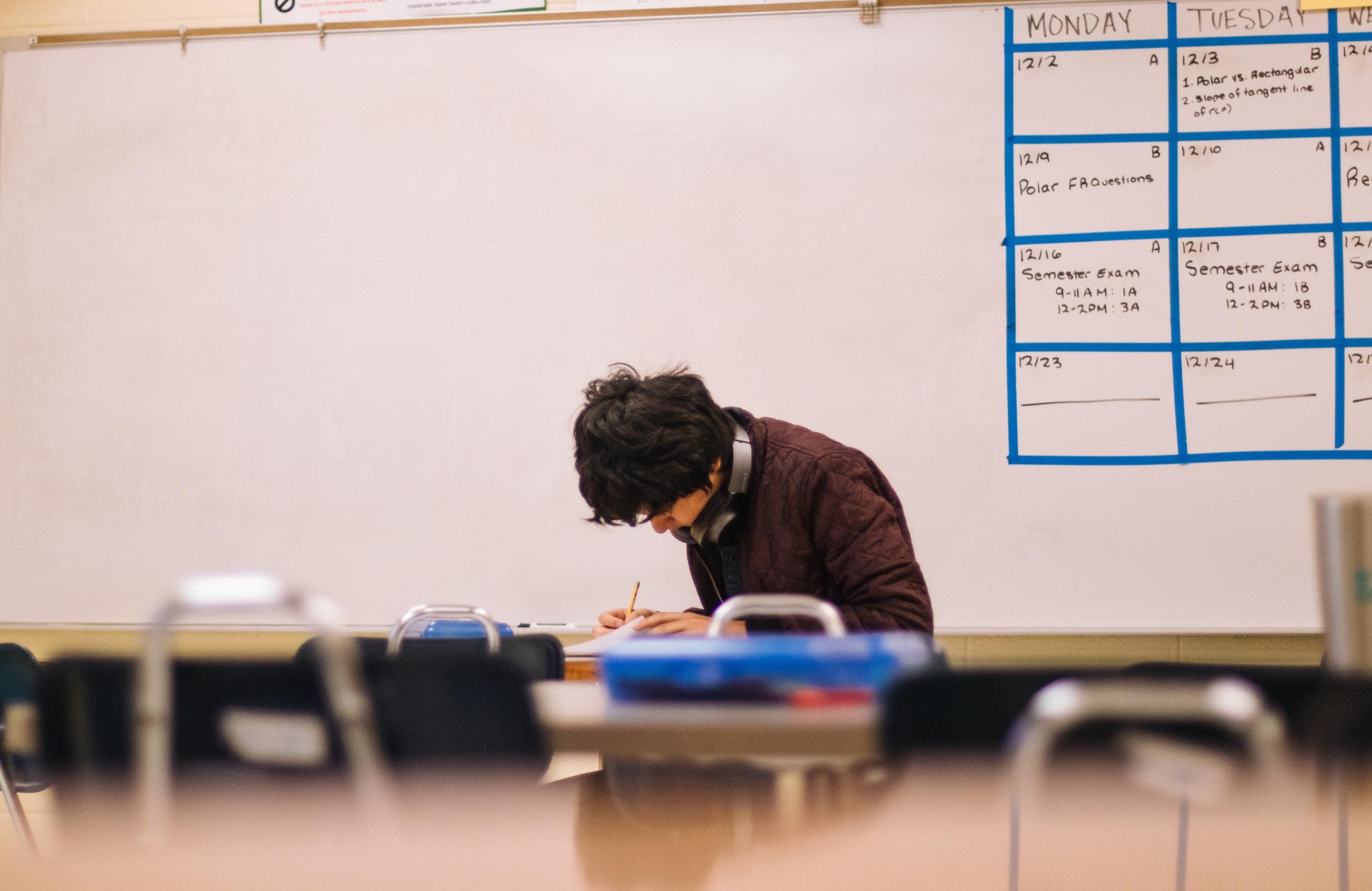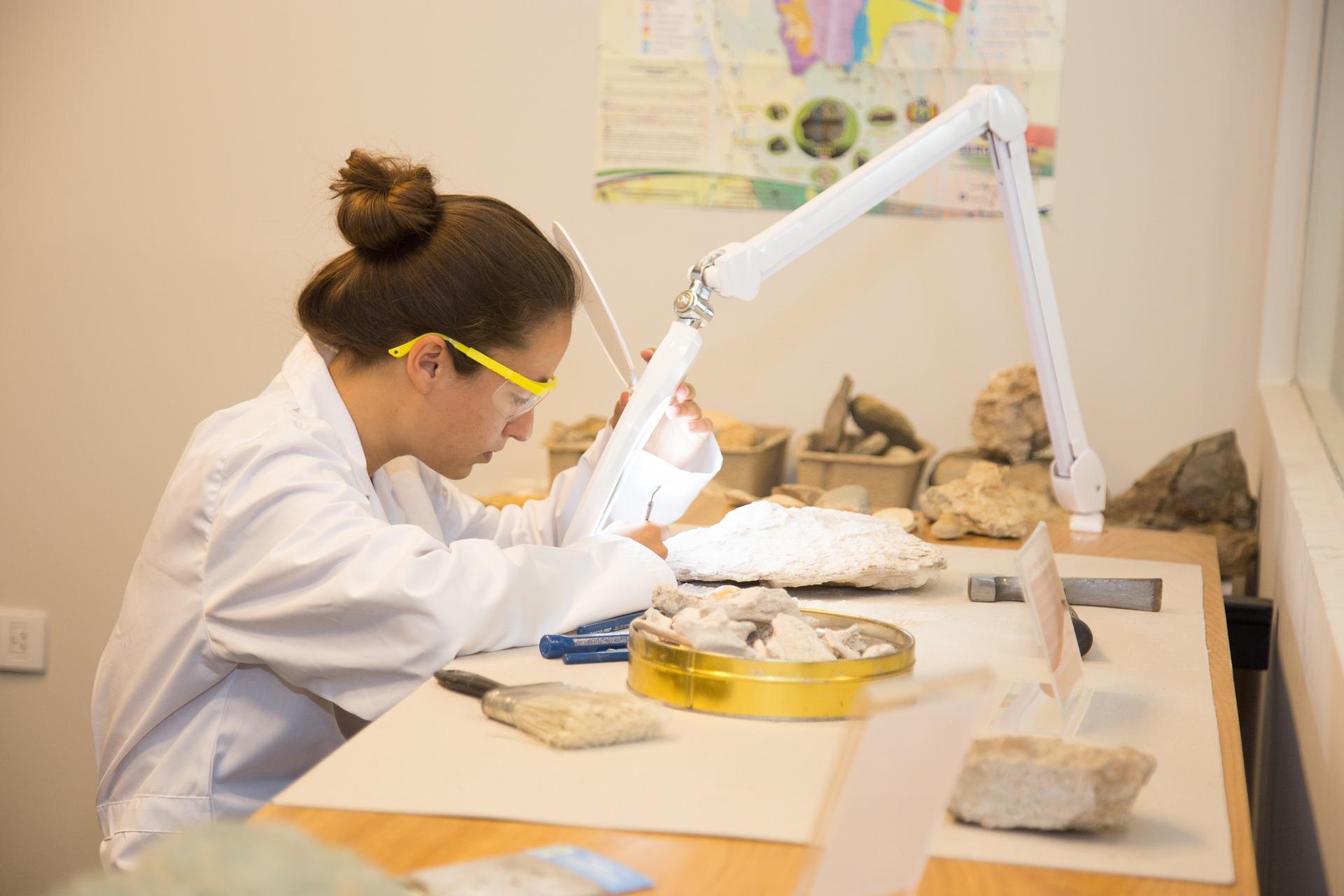The Junior Cert Science Exam holds significance for students in Ireland as it prepares them for studies in science and technology. This exam assesses students' comprehension of concepts and their ability to apply that knowledge to problem-solving. In order to effectively prepare for the exam, utilising exam papers is highly recommended.
In this guide, we will delve into the importance of utilising exam papers for exam preparation and strategies on effectively using Science Junior Cert exam papers for studying,
We will also advise you where to access past exam papers, specifically for Junior Cert Science approaches to reviewing past Junior Cert Science exam papers, techniques for analysing and comprehending past exams, and tips on mastering the Science Junior Cert exam through the use of past exam papers.
"Progress in science depends on new techniques, new discoveries and new ideas, probably in that order."
Sydney Brenner
Over three years students will study the following five strands:
- The Nature of Science
- The Physical World
- The Chemical World
- The Biological World
- Earth and Space
The Junior Cert Science Exam serves as an assessment that evaluates a student's grasp of concepts and their ability to apply this knowledge in problem-solving scenarios. The examination encompasses three sections: Biology, Chemistry and Physics. Each section comprises multiple choice questions, short answer questions and long answer questions.
The purpose of the examination is to evaluate a student's aptitude in thinking, their capacity to analyse information, and their ability to apply acquired knowledge in scenarios.
Simply put, studying this course will help students to develop an evidence-based understanding of the natural world. It will increase their ability to gather and evaluate evidence and make them more self-aware as learners, which in turn will lead to students becoming more competent and confident in their ability to use and apply science in their everyday lives.


How to use past papers to prepare for your exam
To maximise the benefits of using Junior Cert Science exam papers, students should begin by getting acquainted with the exam structure. It is important to read and understand the instructions as well as familiarise themselves with the types of questions that will be asked.
It is also more than beneficial to review the marking scheme to grasp how marks are allocated for each question so that you can allocate your time in the exam hall more efficiently.
Once students have an understanding of the exam format, they should begin practising with exam papers. It is advisable to attempt these papers under exam conditions, free from any distractions or interruptions. This approach will help them adapt to time constraints and get a sense of the difficulty level of the exam.
Utilising past exam papers is a key resource in preparing for the Junior Cert Science Exam. They offer students insights into the structure of the exam and provide exposure to question types that may arise and reveal its level of difficulty. By engaging in practice using these papers, students can enhance their familiarity with the exam and boost their confidence in their own abilities.
Past exam papers enable students to identify areas where they excel and areas where improvement is needed. By analyzing their performance on papers, students can pinpoint weaknesses and tailor their efforts accordingly. This strategic approach aids in developing a study plan that optimises their study time.
Following attempts at exams, it is essential for students to reflect upon their performance and evaluate areas for growth. They ought to recognize the questions they responded to accurately and the ones they answered incorrectly.
You should also examine the errors that have been made and make an effort to comprehend why those errors occurred. This will enable them to avoid making similar mistakes going forward.
What are the Junior Cycle Science Exam questions like?
There are two parts to the Junior Cycle Science Exam. In your exam paper, they will be called Section A and Section B.
Think of Section A as your short questions. There are 10 questions with a total of 150 marks. You do have to answer all questions in this section. Below we will take a little look at what the questions in this section might look like.
The questions in Section B are more detailed and require more specific answers which is why they are worth more marks. In this section, there are only 6 questions but they are worth a total of 210 marks. Again, you must answer all questions in the section. Below we are going to take a look at an example of what the questions in this section might look like.
Example:
Citric acid is a chemical found in lemons and some other fruits. It is a white crystalline solid when pure. Solid citric acid may be dissolved in water to make a citric acid solution.
(a) Describe how to make up a solution that contains 5 g of citric acid dissolved in 100 ml of water. As part of your description, name each piece of equipment you would use. (A labelled diagram may help your answer.)
Baking soda is another white solid compound. Its chemical name is sodium hydrogen carbonate. It is often used in making bread and cake. When baking soda is added to a test tube of the citric acid solution, fizzing occurs and a gas is produced.
(b) A student holding the test tube notices that it cools down during the reaction. Is this reaction an example of an endothermic or an exothermic reaction? Explain your answer.
This reaction is also an example of an acid‐base reaction. When baking soda is added to a test tube of the citric acid solution, the chemicals react and the pH of the solution changes.
(c) Would you expect the pH of the solution in the test tube to increase or decrease during the reaction? Explain your answer.
(d) Describe how you could investigate how pH changes during the reaction.
Although there are a lot more questions in Section A, and you do have to answer all 10, you are only required to provide a short answer for each. Not all the answers in this section are written; they may involve drawing a diagram or even a chart.
Whereas in this section your answers are given in parts, you could have anywhere between one and five parts to answer. They will be a mixture of drawings, charts, and written answers. However, there are only six of these which you have to answer and each one is worth around 30 marks.
When it comes to answering longer questions, you should familiarise yourself with the marking scheme of past papers. In order to ensure that you are picking up more marks with your answers, you should know what constitutes full credit and partial credits. The marking scheme will award a certain degree of marks depending on the level of answer you provide.
By knowing how much you are expected to write and what keywords to include, you can pick up more marks in your paper and even save yourself some valuable time to spend elsewhere in your paper.


Are Junior Cert past exam papers the same as Junior Cycle exam papers?
The short answer to this question is no.
The Junior Cert exam papers are not exactly the same as the Junior Cycle papers. This is mostly down to the fact that the new Junior Cycle is studied at a common level, which means all students have access to the same resources and lessons, and there is only one common level exam.
In the old Junior Cert, students either studied at an ordinary level or a higher level. This meant that they were taught different lessons and had different resources, and they also sat different exams.
However, with that being said, past Junior Cert exam papers are an excellent study tool as you prepare for your exam in the Junior Cycle. The past papers won't be formatted the same as the new Junior Cycle papers, but that doesn't mean you won't come across similar questions.
You might come across questions asking for the same equations or formulas as you would in the new papers. I would definitely recommend using old ordinary-level Junior Cert science exam papers.
There are countless cases of Junior Cert students having positive experiences using past papers to prepare for their exams. From my own personal experience, in my Junior Cycle science class, you could certainly see the difference in the students who were implementing them in their exam preparations.
Many students have found success, in preparing for the Junior Cert Science Exam by utilising exam papers. One student, Oisin shared his experience on SparkNotes explaining how he utilised these papers to identify his strengths and weaknesses while creating a study plan.
By focusing on improving the areas that needed attention, Oisin managed to achieve a high grade in the exam. Sorcha, another student, utilised past papers to familiarise herself with the exam format and develop effective study habits. By practising with these papers under exam conditions Sorcha gained confidence in her abilities and performed well in the exam.
You could be the next success story if you start implementing an exam-oriented approach in your study today!
What is the new Junior Cycle Science Exam like?
As mentioned above, the current Junior Cycle Science Exam is at the common level. This means that students will study the same curriculum course over three years. regardless of their scientific aptitude.
Due to the fact that regular class-based assessments will take place as part of the Junior Cycle Science grading system, there's only one exam for everyone to take.
The science exam in the Junior Cycle is worth a total of 360 marks, and it takes place over two hours. Of course in some situations students may be granted extra time to complete their exam, a scribe to help them with the reading and writing and in some cases, you may even get an exemption for certain subjects, like languages if you have dyslexia.
If you have physical or intellectual difficulties and feel you would benefit from some of these allowances, you should talk with your teacher and see what their advice is. They might be able to help you sort out what assistance you need for exams.
"The greatest enemy of knowledge is not ignorance, it is the illusion of knowledge."
Stephen Hawking
Reviewing exam papers from Junior Cert Science is a part of preparing for the exam. It allows students to recognise their strengths and weaknesses, enabling them to create a study plan.
To review these papers, students should begin by evaluating their performance. This involves identifying the questions they answered correctly as well as those they struggled with.
It's important for students to pay attention to the format of the exam and the types of questions that are typically asked. By spotting any patterns or trends in these questions, students can focus their efforts on studying areas that are more likely to be tested in the exam.

Where to find past exam papers for Junior Cert Science
There are places where you can find past exam papers, for Junior Cert Science. The trustworthy option is the State Examinations Commission (SEC) website.
The SEC is responsible for creating and grading the Junior Cert Science Exam. They make previous exam papers available on their website. You'll be glad to hear that students can also search for exam papers on educational websites and forums.
You can even purchase physical books that contain as many as 15 years of past papers for junior cycle science at both higher and ordinary levels. If you do happen to go with one of these books then I would advise that you fill out all of your answers in pencil or even better, in a separate notebook.
This will help you when you get around to revising the papers again, as you will need to answer the questions from memory as opposed to having them right in front of you. After all, that will be the case on the day of the exam!
It's worth noting that not all past exam papers may be applicable since the exam format and content might have changed over time. Therefore, it's advisable for students to focus on papers as they are more likely to align with the current exam requirements.

Get the grade you deserve in Junior Cycle Science
Preparing for the Junior Cycle Science Exam involves the step of analysing and understanding exam papers. To do this effectively, students should begin by reading and understanding the questions, at hand. It is important for them to identify the concepts and significant keywords that are relevant to each question.
Afterwards, students should make an attempt to answer the questions using their knowledge and understanding. They can then compare their answers with the model answers provided in the marking scheme. By doing this, they can pinpoint any gaps in their knowledge and enhance their comprehension of the tested concepts.
To excel in the Junior Cert Science Exam, students need access to resources. Apart from exam papers, they can utilise textbooks, study guides, online tutorials and educational websites.
It is crucial to select resources that align with the exam requirements and suit each student's individual learning style and preferences.
The Junior Cycle Science Exam has been designed to allocate you enough time to answer all of these questions. You should even have some time to check your answers and go back over any questions you may have struggled with earlier in the exam.
Using exam papers is a component of Junior Cert Science Exam preparation. By practising with these papers, students become familiar with the exam format, identify their strengths and weaknesses, and develop good study habits.
Multiple sources provide exam papers such as the State Examinations Commission website. Students should prioritise papers that are applicable to their current examination.
By following the tips and techniques outlined in this guide, students can successfully conquer the Junior Cert Science Exam and attain their aspirations.















